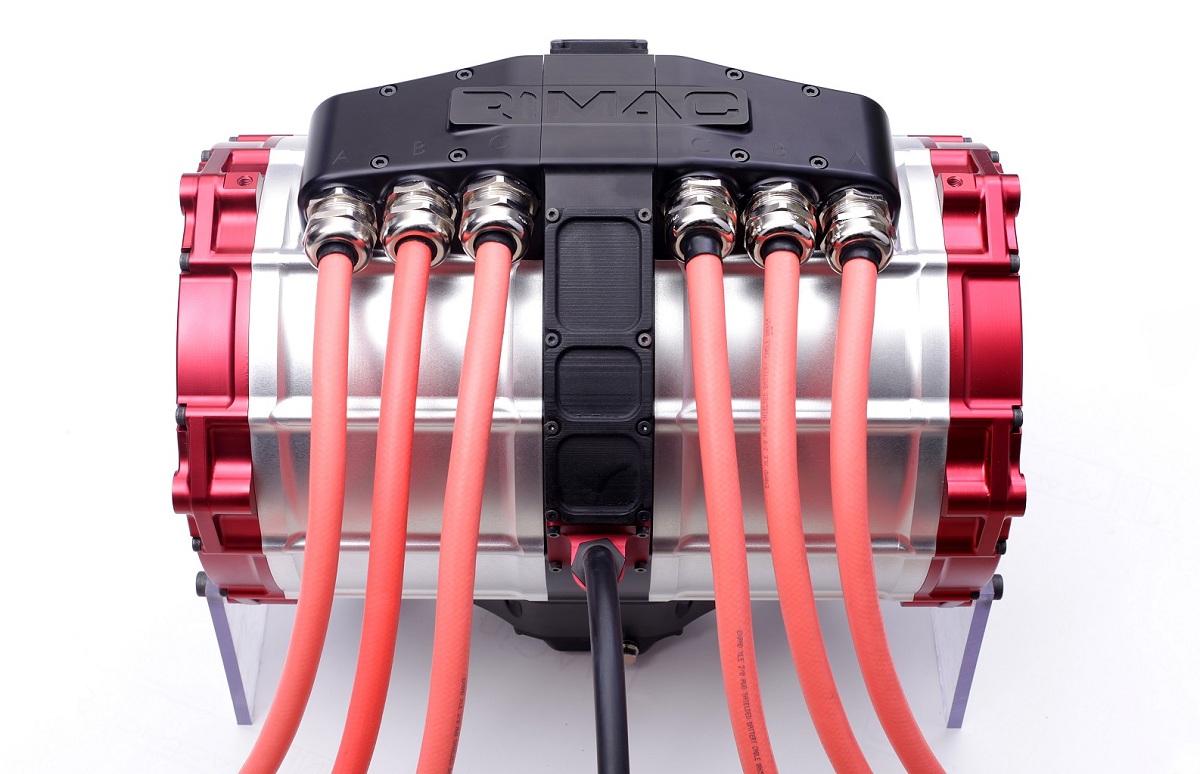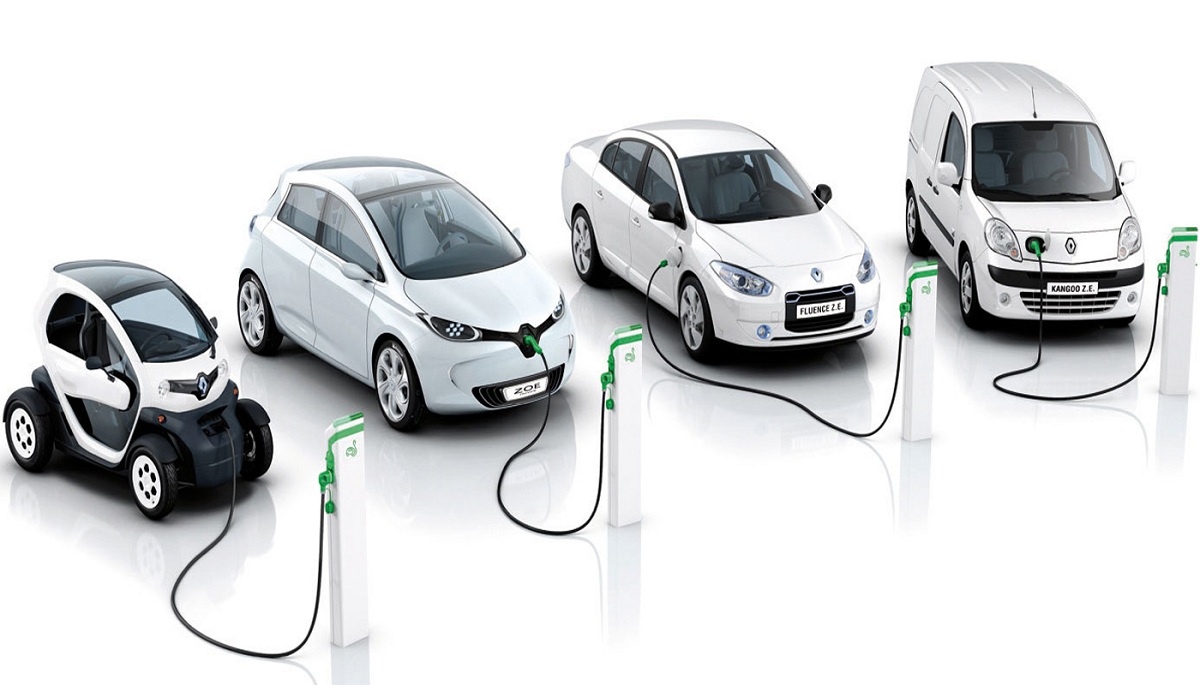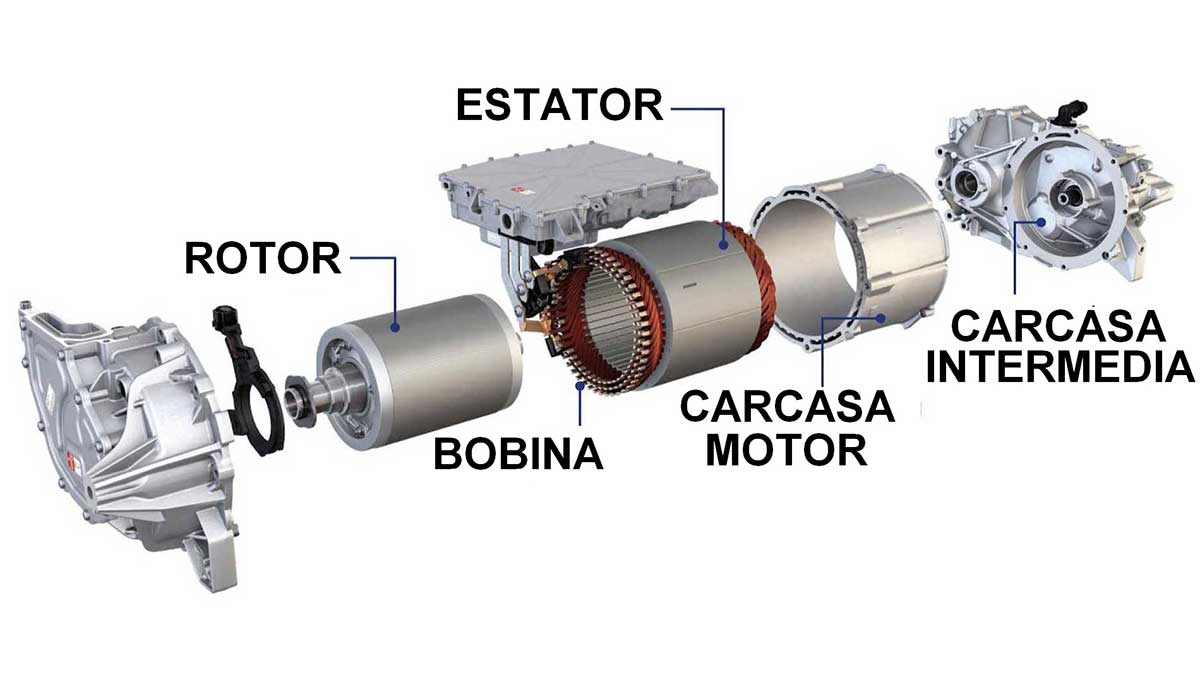
There is no doubt that electric vehicles are developing rapidly. Much technology is under development to improve the efficiency of these engines. However, not many people know How does an electric engine work.
Therefore, we are going to dedicate this article to tell you how an electric motor works, what are its parts and advantages in its use.
Electric vehicles

Few moving parts, simple and reliable operation, no need for refrigeration or traditional gearbox. For several years, electric cars have been on everyone's lips. This was one of the most advanced modifications of the time, because the first battery-powered car It was invented by Robert Anderson in 1839. However, they don't know much about how electric cars actually work.
Tesla boasted that the only reservoirs car owners need to replenish are windshield washer and brake fluid reservoirs. This is because the electric motor of a car does not generate enough heat to require a traditional cooling system, it does not need to lubricate moving parts, It does not have a gearbox with a traditional clutch, and also requires a specific liquid to ensure its integrity and temperature control.
Parts of an electric motor

Before understanding the working principle of an electric car engine, we need to know what its components are, because we cannot find pistons, cylinders, crankshafts, or exhaust systems, just to name a few. The components of the electrical system are divided into four main groups: on-board charger, battery, converter and motor itself. Together, they are responsible for converting the electrical energy that we charge in the battery through the mobile charge input on the wheels. This is the role of each component:
- On-board charger: It is responsible for converting the electrical energy from the AC charging point into direct current and accumulating it in the battery.
- Converter: in charge of converting the energy from DC to AC and vice versa, depending on whether we are accelerating or decelerating. It is also responsible for controlling the engine according to the request of the driver.
- Electric motor: converts electrical energy into motion. In the deceleration phase, it can recover braking energy, convert kinetic energy into electrical energy and store it in the battery, that is, regenerative braking.
- Battery: It is an electrical energy storage device made up of small batteries. It is the fuel tank of an electric car.
How does an electric engine work

Inside the motor we have a stator, which is a static part of the motor, as well as different windings, the current that passes through these windings will generate a rotating magnetic field in the stator. In the center, we find a rotor, which is a moving part that contains a fixed magnetic field. The rotating magnetic field in the stator pulls and rotates the fixed magnetic field of the rotor. This, in turn, turns the wheels of an electric car through a series of gears, thus generating movement.
It is also interesting to understand how electric vehicles manage energy in the different stages of their use. We find two different phases, the acceleration phase and the deceleration phase, which are controlled directly by the driver.
In both cases, unlike the heat engine, the electric motor can input energy to produce motion or convert kinetic energy (motion) into electrical energy to charge the battery.
- Acceleration phase: In the acceleration phase, electrical energy in the form of direct current is transferred from the battery to the converter, and the converter is responsible for converting this electrical energy from direct current to alternating current. This reaches the motor, which moves the rotor through the system explained above, and finally becomes the movement of the wheels.
- Deceleration phase: In this phase, the movement is reversed. This phase begins with the wheels, and the wheels are in motion after the acceleration phase ends, that is, when we take our feet off the accelerator. The motor generates resistance and converts the kinetic energy into alternating current, which is converted back to direct current through a converter and then stored in the battery. This process also occurs during regenerative braking of electric vehicles.
PREMIUM QUALITY
Once we know how an electric motor works, we are going to see which are the main types that exist:
Direct current (DC) motor: sIt is used in situations where it is important to be able to continuously adjust the engine speed. This type of motor must have the same number of poles on the rotor and stator and the same amount of carbon. DC motors can be divided into three types:
- Series
- Parallel
- Mixed
Alternating Current (AC) Motors: These are motors that run on alternating current. The electric motor converts electrical energy into rotational force through the interaction of the magnetic field.
Advantages of an electric motor
There are many advantages that the use of an electric motor gives compared to a conventional one. We are going to list what are the main advantages:
- The absence of gas emissions.
- Silent operation.
- The ease of handling.
- The possibility of recharging it in any outlet.
- The possibility of recharging it with renewable energy (wind energy and solar energy).
- The DC brushed motor option.
- Motors with DC brushes, which can have a wound field or with permanent magnets.
- The induction motor, which is quite simple and very efficient.
- Most electric motors can offer high power for short times.
- Systems for electric vehicles are those that have the possibility of having regenerative braking Star & stop, (which make it possible to take advantage of the energy normally lost when braking)
But the best electric motor, It is a three-phase induction and electronic controller with regenerative braking. An engine that, according to them, can achieve excellent autonomy and practically zero polluting emissions.
As you can see, learning how an electric motor works can ensure the expansion of the use of this revolutionary technology. I hope that with this information you can learn more about how an electric motor works.